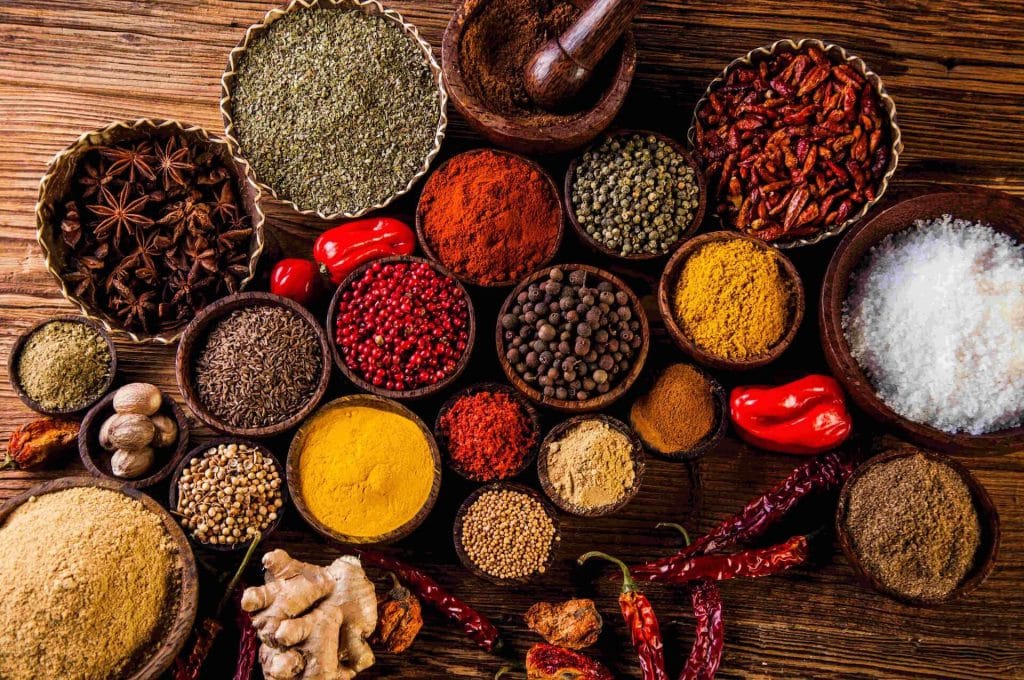Indonesia, with its abundant natural resources, has long been recognized as a major producer of spices in the world. In 2024, Indonesia’s spice exports showed significant growth, driven by increasing global demand. This article will review the latest developments in Indonesia’s spice exports, the types of spices exported, and the factors influencing this growth, utilizing important keywords such as spices wholesale, bulk spices supplier, whole spices, and premium quality spices.
Increase in Volume of Indonesia’s Spice Exports
According to data from the Central Statistics Agency (BPS), Indonesia’s spice exports in 2024 increased by 15% compared to the previous year. Major commodities such as cinnamon, cloves, nutmeg, pepper, and ginger experienced a surge in demand in international markets
Global Demand Trends
Several factors driving the increased global demand for Indonesian spices include:
1.Interest in Ethnic Foods and Natural Seasonings: Spices like cardamom, turmeric, and cumin are becoming increasingly popular among consumers interested in ethnic and natural foods
2.Health Awareness: Spices such as ginger and turmeric are known for their health benefits, such as anti-inflammatory and antioxidant properties, attracting health-conscious consumers
3.Expansion of the Food Industry: Growth in the food industry, including products like culinary spices and baking spices, drives demand for high-quality spices
Factors Driving Export Growth
1.Product Quality: Improved quality of whole spices and ground spices through the application of modern agricultural and processing technologies
2.Government Initiatives: Programs like Indonesia Spice Up The World (ISUTW) have helped promote Indonesian spices in international market
3.Improved Infrastructure: Enhancements in transportation and logistics infrastructure have facilitated the distribution of Indonesian spices worldwide
Leading Spice Commodities from Indonesia
1.Cinnamon: Cinnamon exports have increased, especially in the European and North American markets. Sri Lankan cinnamon is also popular, but Indonesian cinnamon remains competitive
2.Cloves: Used in the food and tobacco industries, Indonesian cloves continue to be in demand in international markets
3.Nutmeg: Demand for nutmeg and its derivatives like mace continues to rise, particularly in Asia and the Middle East
4.Pepper: Both black peppercorns and white pepper are experiencing increased demand
5.Ginger: Indonesian ginger is popular for health products and beverages, with growing demand in Europe and North America
Challenges Faced
1.Price Fluctuations: Unstable spice prices in the global market can affect the competitiveness of Indonesian products
2.Competition from Other Countries: Countries like India, Vietnam, and Sri Lanka are also active in the global market, adding competition for Indonesian spice products
Future Prospects
With government support and ongoing innovation, the outlook for Indonesian spice exports remains bright. The demand for organic spices and fair trade spices is expected to continue growing, opening new opportunities for Indonesian spice producers. In 2024, foreign buyers are searching for Indonesian spices using keywords such as spices wholesale, bulk spices supplier, whole spices, and premium quality spices. This reflects the demand for bulk, high-quality spices, which is one of the main strengths of Indonesian spice products in the international market.
Sources:
1.Central Statistics Agency (BPS) Indonesia, 2024: Official data on the volume of Indonesian spice exports.
2.Indonesian Ministry of Trade, 2024: Information on government initiatives and programs supporting spice exports
3.Expert Market Research, 2024: Analysis of the global market and spice demand trends.
4.Precedence Research, 2024: Report on the global spice market and future prospects.
